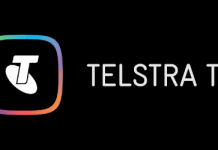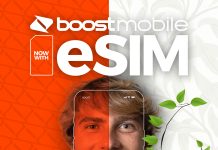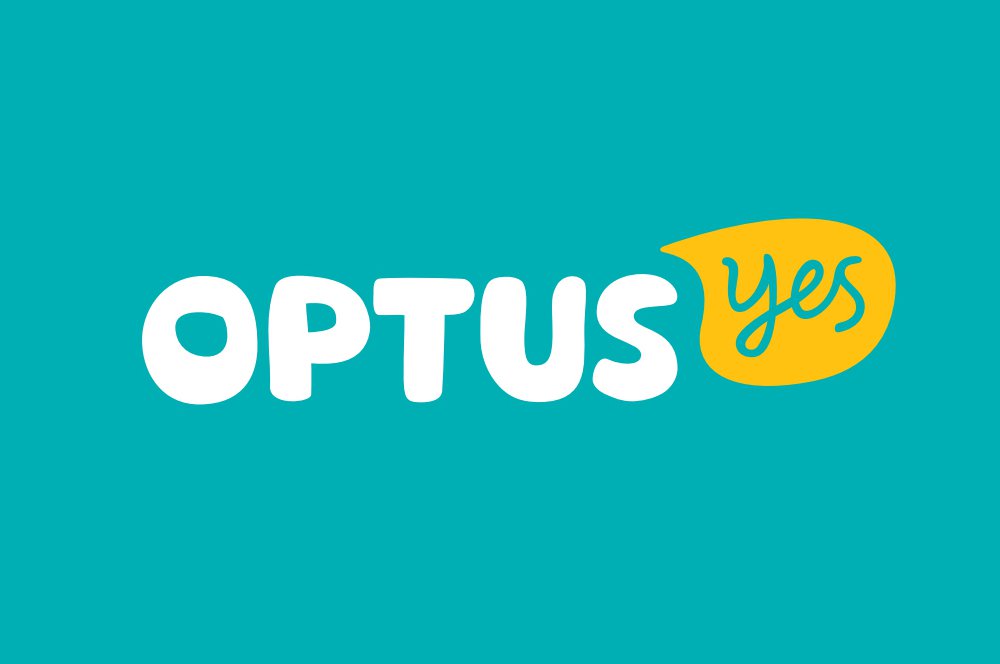
The race is on between Australian carriers to expand their networks to cover as much of the populated areas of Australia as possible. Today Optus has announced that they’ve added 4G service on the 2600MHz band to 40 sites around Australia, as well as receiving early access licence approvals from the Australian Communications and Media Authority (ACMA) to extend their 700MHz trial to 200 more sites.
There’s a big push on 4G expansion from Optus, with the carrier attempting to cover 90% of the Australian population by April 2015. Optus Networks Managing Director, Vic McClelland said:
This is a great opportunity for Optus to bring forward the benefits of 4G for customers for the peak summer holiday period. It reaffirms Optus’ commitment to deliver 4G consumer choice and competition. Already we have turned on our first 4G [2600MHz] sites in more than 40 towns and will continue to light up 4G on both 2600MHz and 700MHz spectrum, as it becomes available. Early access licenses for 700MHz spectrum give Optus the option to turn on 4G earlier than anticipated in many regional and holiday locations. Already we have turned on our first 4G [2600MHz] sites in more than 40 towns and will continue to light up 4G on both 2600MHz and 700MHz spectrum, as it becomes available.
The Optus 2600MHz (Band 7 FD-LTE) network is going live in 40 sites in NSW, QLD, South Australia and Victoria, Optus has listed todays sites going live on the 2600MHz network include :
| NSW | Queensland | South Australia | Victoria |
|
|
|
|
The new 700MHz sites will go live at various locations including ‘regional and holiday locations’ in the lead up to the January 2015 official launch. You can of course check Optus coverage on the Optus Coverage Check website.
There’s a range of phones available on the Optus network which will support both the 700MHz and 2600MHz frequencies, including the Samsung Galaxy S5 and Note 4, LG G3, Sony Xperia Z3 and Z3 Compact, but from the specs on their website, it looks like the HTC One (M8) only supports the 700MHz network. Still, there’s more there and if you speak to your local Optus store, they should be able to point you in the right direction.




Where are they going to use the 2600 band, shopping malls?? It will hardly get thru wet paper..
2600 works well in Toowoomba. 700 augmentation helps with stubborn inbuilding penetration.
So a good device for Optus now needs band 3, 7, 28 and 40. Telstra is using bands 1, 3, and 8, and will probably add 7 and 28 in 2015. Vodafone is using bands 3 and 5. So a device that would work on all of Australia’s LTE networks is going to need 1, 3, 5, 7, 8, 28 and 40. Currently, the only device that does that is the iPhone 6/6+. No Android phone even comes close to it. I hope things change in 2015. Currently if you travel and go to US and Europe, the iPhone 6… Read more »
Where are you getting your info?
Nexus phones do. Note 4 does, etc etc, so you’re wrong or making stuff up.
Different subject:
It also makes the Moto X import from the UK more attractive now as that has Band 40, I believe, whereas the Aus version doesn’t…yet.
The Nexus 5 does 4G 850, 1800 and 2600, but not 700 or 2300. The Nexus 6 adds 700 but doesn’t do 2300.
No I’m not making “stuff up”.
When I go to US for example, the only phone that works on T-Mobile LTE and works on our LTE is iPhone 6. The galaxy Note that you mention doesn’t even have 3G support on T-Mobile.
Look at the number of LTE bands iPhone supports: over 20. Android phones are just nowhere near that.
Sorry, you are wrong, and you ARE making stuff up, whilst purposefully neglecting to ignore the phones I mentioned.
Several android phones have all the bands you just specified, examples are LG G3, Samsung Galaxy Note 4 and Galaxy S5, Sony Xperia Z3 and i’m sure there are more.
The G3 doesn’t do L850.
The LG g3 does, proof provided in a seperate comment waiting on approval because of the link to a screenshot.
Are you saying the official specs from LG Australia are wrong, or do not list all compatible bands? They list the following compatible LTE bands.
700 / 1800 / 2100 / 2600 FD , 2300 TD
My LG G3 imported from HK does bands 1, 2,3,4,5,7,8,17,20,28,40
Whuch is FDD 2100, 1900, 1800, 2100 for AWS, 850, 900, 700b+c (USA), 800 (EU, Asia), 700 APAC, and TDD 2300.
screenshot has been provided, link waiting for approval by ausdroid
I was going by the specs on GSM Arena. They don’t list L850.
Mine does
http://imgur.com/x8SXMjW
Band 5 LTE = 4G 850.
…and the Z3 doesn’t do L2300.
My Z3 does TDD2300 just fine.
Telstra already has a number of band 7 (and band 28) sites that have been live for a little while now.
Looks like the “South Australia” and “Victoria” headings are over the wrong columns…